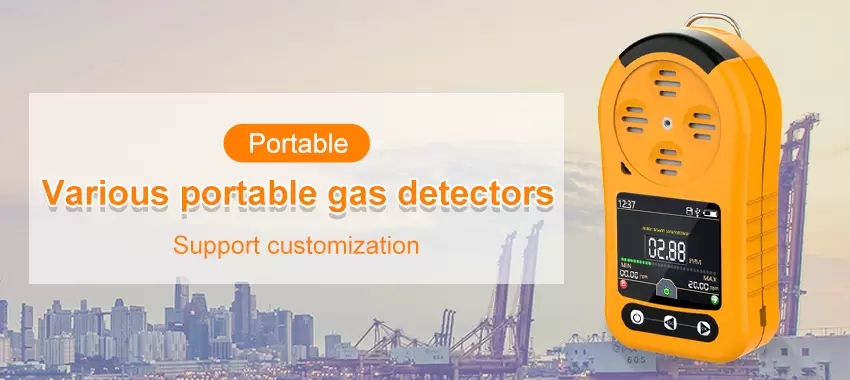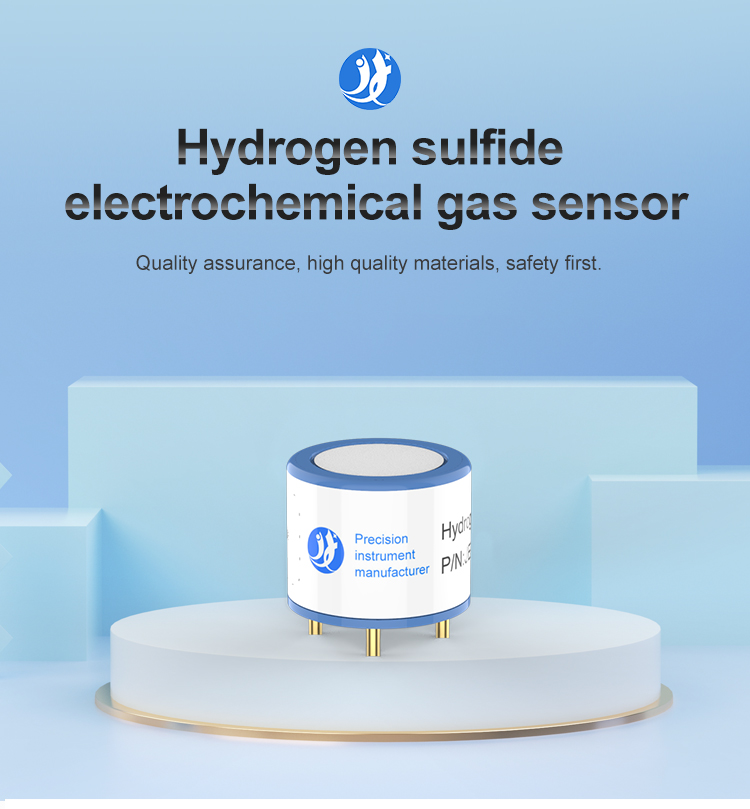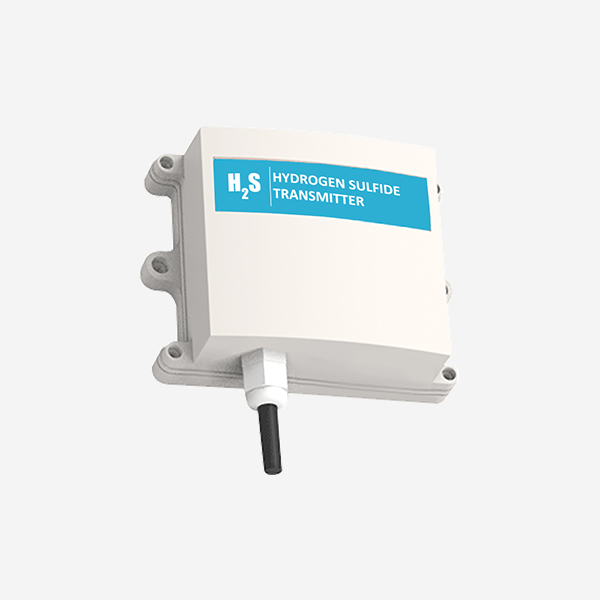Why use a H2S monitor?
The measurement of H2S monitor is important for the safety of personnel and the integrity of industrial process equipment and infrastructure. Hydrogen sulfide (H2S) is a type of natural gas found in crude oil, natural gas, volcanic gases and hot springs. We know how to treat the H2S gas produced by municipal wastewater and large industrial processes. Hydrogen sulfide is a colorless gas that smells like rotten eggs. Depending on the concentration, H2S gas is toxic to humans, corrosive to metals, and flammable.

Industries Measuring H2S
When we find hydrogen sulfide gas, we need to constantly monitor the atmosphere. We usually use H2S monitors in mines, sewage treatment plants, construction excavations, and sewers.
The main purpose of using h2s monitor is to protect human health by preventing accidental igniting of the gas or detecting emissions that could cause foul odors to surrounding communities. Atmospheric concentrations above 100 ppm are immediately harmful to human health, while lower concentrations can cause irritation.

JXCT’s H2S monitors are portable and stationary. If we detect H2S above the preset level, all the monitors will go off. In this way, workers take corrective action or move to safety. We also found hydrogen sulfide from parts per million to a percentage in natural gas fields. So, we have to use H2S monitors and often remove them from natural gas. In this way, we can regulate and commercial requirements are met.
We can monitor H2S in natural gas to verify compliance with the process specifications of natural gas plants. H2S levels of 0-20ppm are common in wellhead and gathering and transportation systems.
